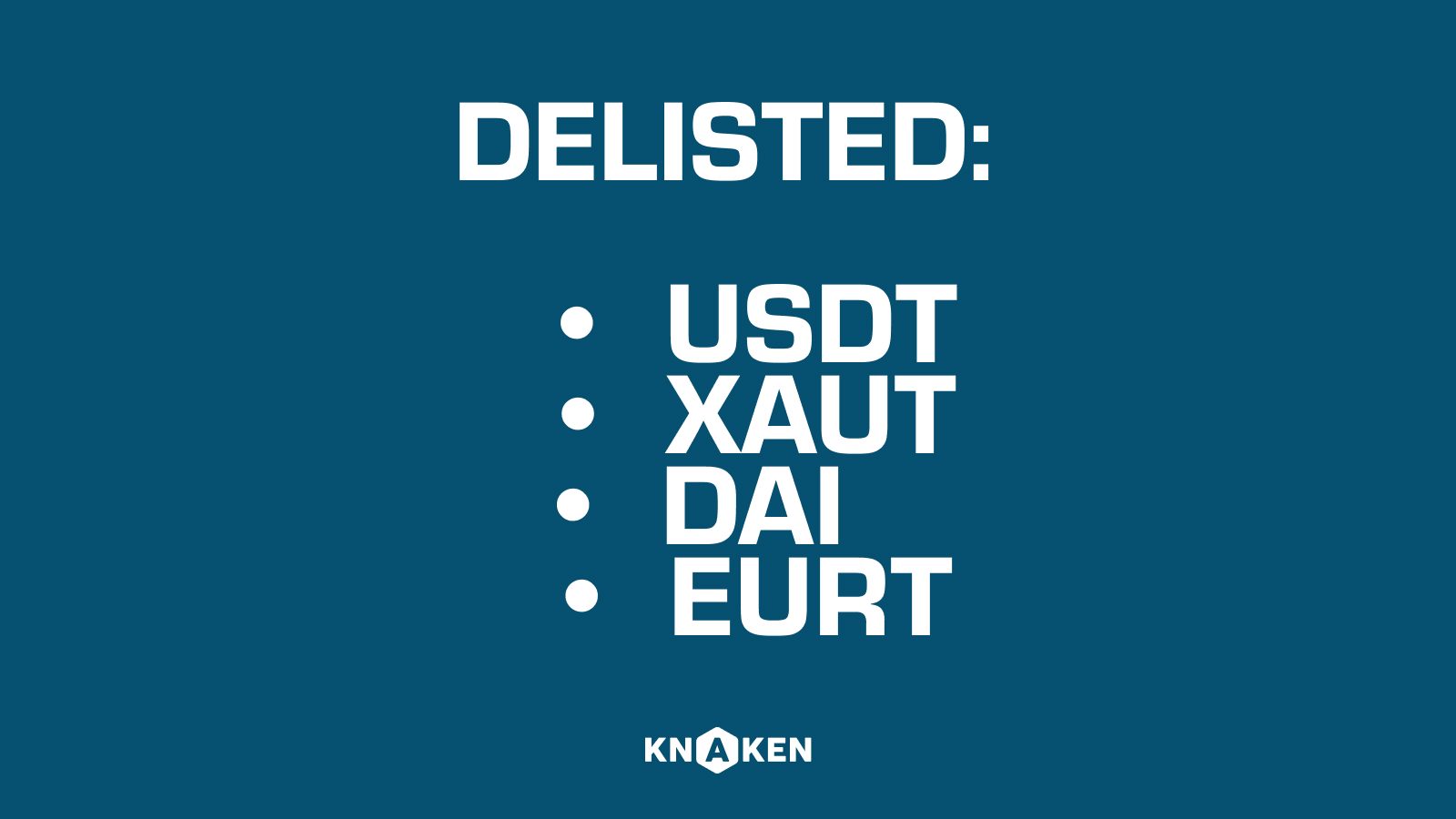Token Swap
Token swap is a term frequently used in the cryptocurrency ecosystem that refers to the process of exchanging one cryptocurrency token for another. This phenomenon can occur due to various reasons including technological upgrades, changes in project direction, or the transition from one blockchain protocol to another. As the cryptocurrency landscape continues to evolve, understanding token swaps is vital for investors, developers, and users alike.
Understanding Token Swaps
Token swaps primarily involve the conversion of tokens adhering to one standard or protocol into tokens of another type. This process is essential for several reasons:
- Technology Upgrades: Projects may undergo significant upgrades that necessitate a transition from their original tokens to new ones.
- Blockchain Migration: A project may move its operations from one blockchain to another for improved performance or capabilities.
- Forks: When a blockchain forks, it can result in the creation of a new token, prompting holders to swap out old tokens for new ones.
- Token Standard Updates: Certain updates may require migrating to a new token standard (e.g., ERC-20 to ERC-721).
Types of Token Swaps
There are various types of token swaps in the cryptocurrency ecosystem:
- Manual Token Swaps: Users must initiate the swapping process themselves by following specific instructions provided by the project.
- Automated Token Swaps: Smart contracts can facilitate automated swaps where users can exchange tokens without manual intervention.
- Atomic Swaps: A decentralized approach where users can trade different cryptocurrencies across blockchains without a trusted third party.
- Decentralized Exchange Swaps: Using a decentralized exchange (DEX), users can swap tokens directly from their wallets.
The Token Swap Process
The token swap process typically involves several key steps, which may vary depending on the specific project or protocol:
- Announcement: The project team announces a token swap via social media, newsletters, or community forums.
- Instructions: Detailed instructions are provided on how to participate in the token swap.
- Swap Period: An established timeframe during which the swaps can be initiated by token holders.
- Token Conversion: Existing tokens are sent to a designated address, and new tokens are issued upon receipt.
- Support and FAQs: Continuous support is provided to address any queries or technical issues encountered by the participants.
Considerations During a Token Swap
Before participating in a token swap, it is crucial for token holders and investors to consider various factors:
- Project Credibility: Ensure that the team behind the token has a strong reputation and transparency regarding the swap process.
- Security: Participation in a token swap may involve risks; thus, verify the security of the swap platform and procedures.
- Deadline: Be mindful of deadlines, as missing the swap period may result in the loss of tokens.
- Gas Fees: Users may incur transaction fees, especially when dealing with Ethereum-based tokens during high network congestion.
- Wallet Compatibility: Ensure that your wallet can handle the new token standard being issued.
Benefits of Token Swaps
Token swaps can offer several advantages within the cryptocurrency space:
- Enhanced Functionality: New tokens often come with added features, better network security, or improved functionality.
- Active Community Engagement: Token swaps can invigorate a community by fostering greater participation and interest.
- Migration to Better Frameworks: Projects can take advantage of improved blockchain frameworks that enhance scalability and efficiency.
- Adaptability: Token swaps allow projects to pivot and adapt to the changing market landscape.
Conclusion
In conclusion, token swaps represent a significant aspect of the cryptocurrency ecosystem, enabling projects to upgrade, innovate, and adapt to new technological standards. Understanding the intricacies and implications of token swaps is essential for anyone involved in the crypto market. Investors and users must remain vigilant, ensuring they stay informed and cautious throughout the swapping process to leverage the benefits while minimizing risks.


















